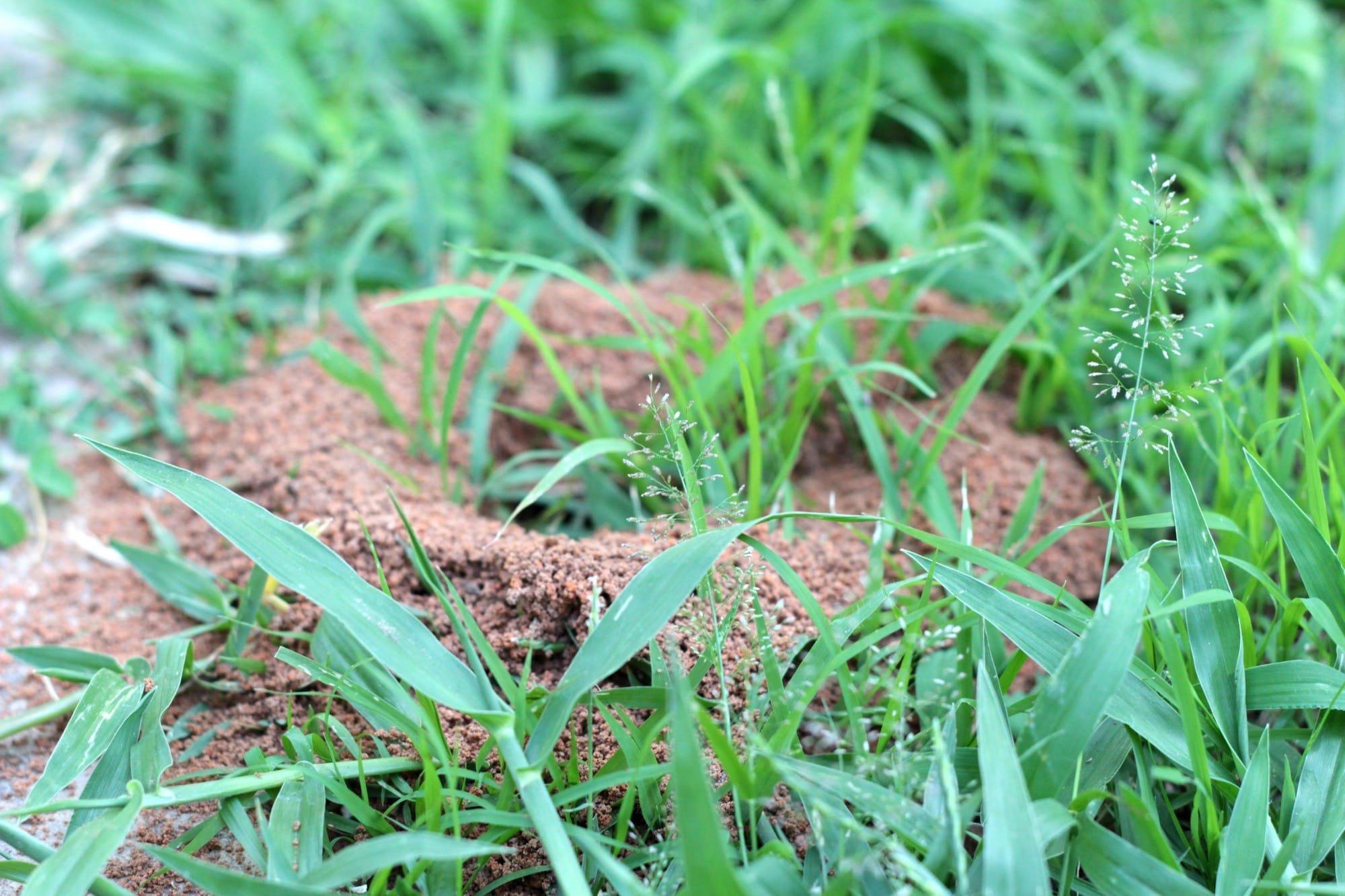24/7 Live Customer Service
CALL OR TEXT (225) 261-4198

Blog Post
Fire Ants in the Yard

Every year, as the weather warms up, we look forward to spending more time outside with our families and friends. Back yard BBQs and other back yard celebrations are a great way to spend the day relaxing. However, warmer weather and grassy back yards are the perfect conditions for red ants, too. Sharing your space with red ants isn't exactly fun or easy, and it can put a damper on your festivities.
Fire Ant Bites
Fire ants move quickly and they are quick to bite. So, it's no surprise that you'll only discover that you've stepped in a red ant pile after you've already received a few bites. Fire ant bites are usually more of an annoyance than a serious problem, and with some calamine lotion or cortisone cream, you'll be just fine. However, some people will experience a more serious allergic response to a red ant bite, known as anaphylaxis. For people who experience an anaphylactic response to insect venom, it's always safest to avoid a sting than having to treat the reaction. Remember, it's not usually just one red ant bite that you're receiving since red ants come in large numbers and move fast. So, if you're allergic to red ants and you step in a pile, it can become serious.
Pets and Small Animals
Red fire ant bites aren't just potentially annoying or dangerous for humans, but they can be serious for pets too. Smaller dogs can become covered in red ants quickly, and without the ability to effectively brush them off, they may receive more bites than you'd realize. Small pets can experience severe, life-threatening effects if they are stung by enough red ants, including drooling, panting, vomiting, anaphylactic shock, seizures, lethargy, and even death. So, it's important to be sure your pets won't be quickly overcome by a colony of red ants!
Do DIY Ant Treatments Work?
Many families attempt DIY or at-home ant treatments, such as spreading grits on the fire ant mound, shoveling one mound onto another mound, burning the pile with gasoline, or using topical essential oils and fruit peels. Overall, these methods are highly ineffective. Ants will simply eat grits until they're full, or create a new colony nearby to avoid dealing with the grits. Shoveling a mound of red ants onto another mound of red ants is not going to work. Ants are highly socialized, colonized insects. They'll work out the confusion, organize themselves, and move on. They won't completely kill each other off (though they may lose a few ants in the process). Burning gasoline in your back yard is simply a bad idea -- it's dangerous to burn gasoline, it will kill any plants or grass in the process, and it is likely that ants who were safely located further down in the ant pile will simply relocate. Spraying essential oils and placing fruit peels on top of a mound may cause some of the ants to die, but the majority of the colony will simply move to a new location.
So, while these at-home methods are effective in agitating the ant colonies and forcing them to move, they don't truly rid your yard of ants. They only appear to work because that specific mound is no longer active. These ants will simply move to a new mound, and they'll likely move only a short distance within the same yard. To truly rid your yard of fire ants, you must effectively kill them.
Getting Rid of Fire Ants
A qualified pest control company can help you effectively and safely control fire ants in your yard. With extensive knowledge of how ants colonize and which methods are most successful in eradicating ant problems, we can help you go back to enjoying your yard without worrying about ant stings. Contact us today so that we can help you get rid of your red ant problem!